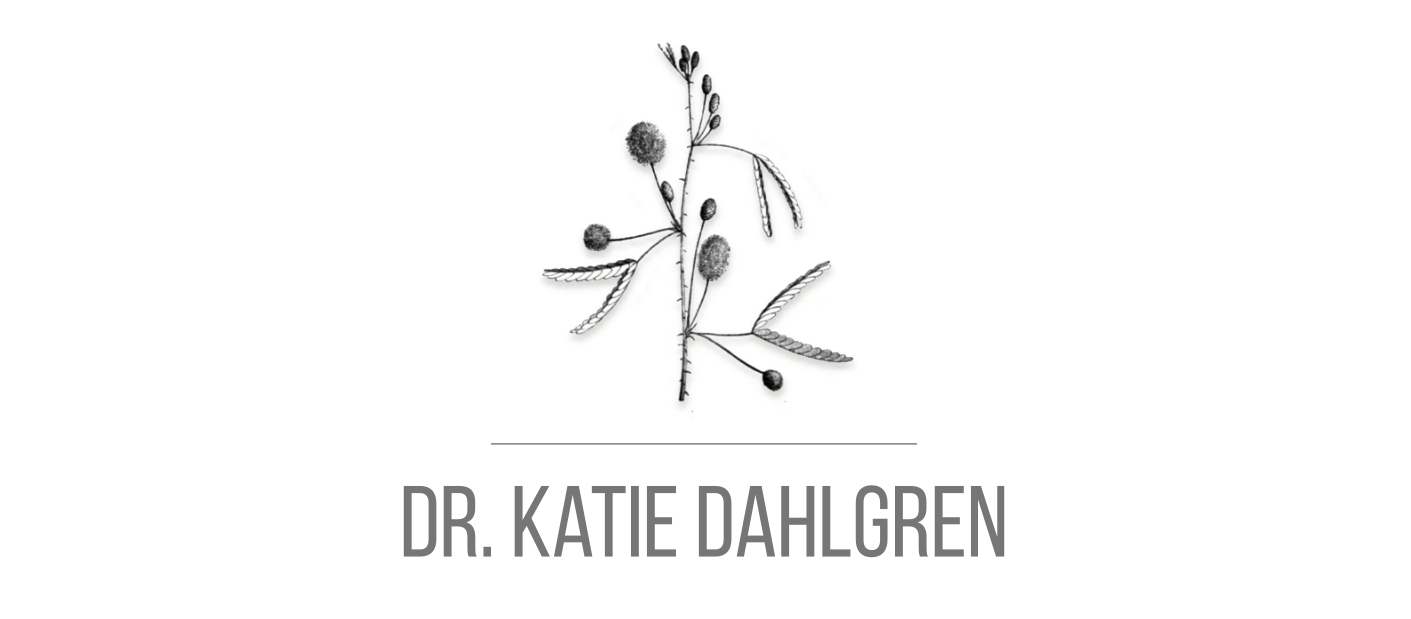What is PANDAS/PANS + Diagnosis and Treatment
What is PANDAS/PANS?
PANDAS stands for Pediatric Autoimmune Neuropsychiatric Disorder Associated with Strep. PANS stands for Pediatric Autoimmune Neuropsyschiatric Disorders. The main differences between the two acronyms are the specificity of acute onset and association with the pathogen strep in PANDAS. The clinical presentation overlaps significantly.
How common is PANDAS/PANS?
According to PANDASnetwork.org, 1 in 200 children experience the clinical symptoms of PANDAS/PANS.
How is it diagnosed? What are the common symptoms?
There are no reliable biomarkers or lab tests to make the diagnosis of PANDAS/PANS. Diagnosis is based on symptom presentation. Clinicians worldwide are working to establish a list of the criteria for the diagnosis. At this time, there is no consensus regarding these criteria. Most practitioners look for common symptoms including the acute onset of neuropsychiatric symptoms.
These symptoms include:
- Obsessive compulsive behaviors and thoughts
- Intrusive thoughts or phobias
- Tics
- Anxiety
- Personality changes
Behavior changes including sleep disturbances, rage, sudden attachment anxiety, loss of appetite,
involuntary movements and "potty accidents" in a previously trained child. Some children stop talking completely. The severity of these symptoms varies significantly from child to child, and it is rare for a child to have every single symptom associated with PANDAS/PANS.
Are there any objective tests to help with the diagnosis and to track treatment efficacy?
Cultures for strep should be used to assess patients with suspected PANDAS. Checking for antibodies to common infections including viruses and streptococcus can be helpful. Autoimmune markers, including those in the Cunningham Panel from Molecular Labs, are also useful. Labs looking for inflammatory markers can be used to track treatment response.
How is PANDAS/PANS treated in conventional medicine?
Treatment strategies focus on reducing inflammation in the brain and treating the triggering infections. Interventions include both short and long-term antibiotics, IVIG, plasmaphoresis, and steroids. Some psychiatrists also use sedatives, mood stabilizing medications, and anti-psychotic medications to manage symptoms. Once a patient is relatively stable, they may benefit from cognitive-behavioral therapy.
Are there natural treatments that can help a child with PANS/PANDAS?
Absolutely! Herbal medicine can be a very powerful tool for a more safe and effective, long-term antimicrobial approach. Specific herbal protocols are individualized for each patient to most accurately address the microbes out of balance. Functional medicine tools including nutrient therapy can also be very helpful for reducing inflammation and promoting healthy neurotransmitter levels.
How do you treat children with PANDAS/PANS?
In my practice, I look for the underlying cause of the inflammation for each patient. Viruses, vector-borne illnesses, mold exposure, and parasites are all infectious agents that can cause neuropsychiatric symptoms. Detox support and effective reduction of toxic burden is also critical to a successful approach. Correcting nutrient deficiencies can improve the immune response to allow the body to keep the opportunistic infections under control. Additionally, it is important to address the health of each family member to prevent re-exposure from an asymptomatic carrier. Finally, we recognize the significant stress involved in caring for a patient with PANDAS/PANS. It is very important to discuss supportive resources and encourage the caregiver to prioritize their own health in this process. Immune modulation, such as LDI (low dose immunotherapy), is another very successful therapeutic intervention. Treatment protocols using an integrative medicine approach are extremely effective and often result in dramatic improvement in symptoms.
